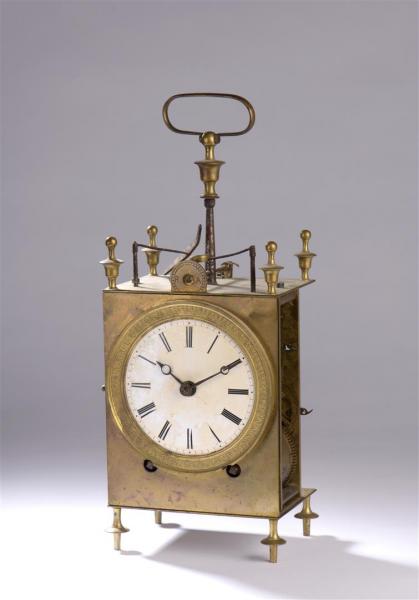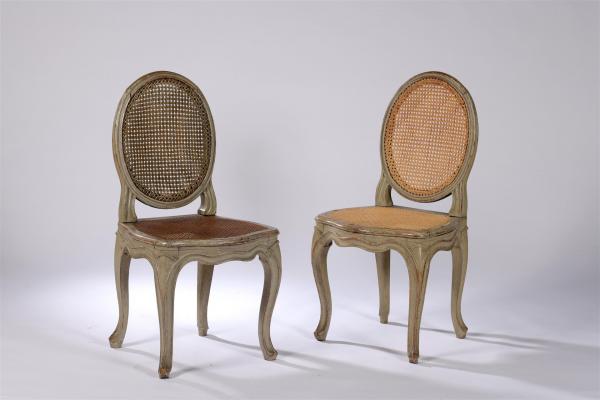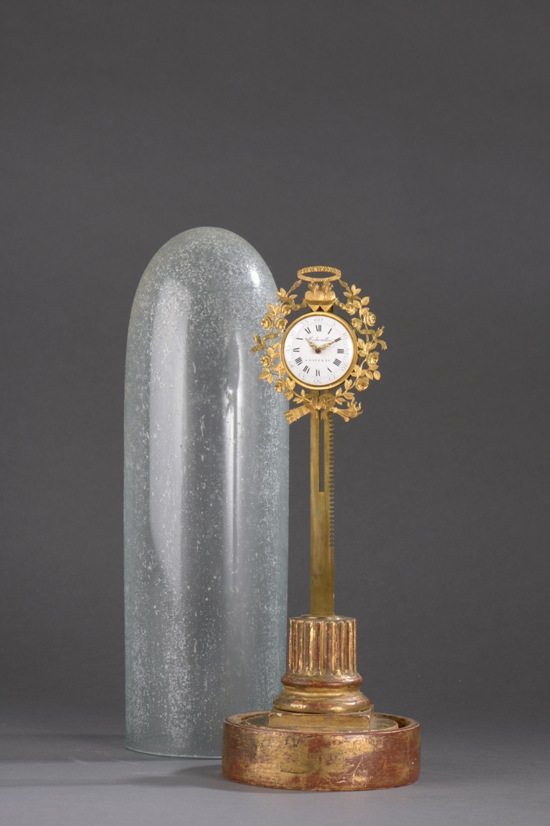|
Each week our specialists publish a research paper about Art and its markets.
Antiques, painting, drawing, sculpture, furniture, fine art, porcelain, ceramic, work of art, carpet, tapestry, silver are among the subject studied.
You can receive our free weekly research paper by email by subscribing to our newsletter.
 Philocale auction house, Matthieu Semont auctioneer, in collaboration with our experts specialized in free valuation and free appraisal will auction a French early late 18th century Paris silver basket, auction Thursday 17th September in Orleans.
Corbeille à pain ovale en argent à panse ajourée godronnée, à décor de palmes et prise laurée. Monogrammée. » More
 Philocale auction house, in Orleans, in collaboration with our experts specialized in free valuation and free appraisal will sell at auction a French mid 18th century commode, Tuesday 30th June in Orleans.
Commode rectangulaire à montants à angles abattus en merisier mouluré, ouvrant par trois tiroirs sur trois rangs, Pieds cambrés. Époque Transition Louis XV - Louis XVI » More
 Philocale auction house, in Orleans, in collaboration with our experts specialized in free valuation and free appraisal will sell at auction a French early 19th century officer clock, Tuesday 30th June in Orleans.
Pendule d'officier dite capucine en laiton, à cadran circulaire en émail blanc à chiffres romains en noir cerclé de bronze doré à décor de palmettes, cadran de réglage pour le réveil à 12h. » More

 Philocale auction house, in Orleans, in collaboration with our experts specialized in free valuation and free appraisal will sell at auction an Italian early 19th century marble column and ormolu forming barometer and thermometer, Tuesday 30th June in Orleans.
Colonne météorologique en marbre jaune de Sienne affichant un thermomètre sur le fût sommé d'un chapiteau corinthien en marbre blanc surmonté d'un vase balustre à feuilles d'acanthe, palmettes et têtes de griffons. La base en marbre vert des Alpes présente un baromètre gravé par Ferichon ? dans un encadrement de bronze doré à décor de palmettes, les cotés à flèche nouée et branchages fleuris. Contre socle noir probablement rapporté. » More

 Philocale auction house, in Orleans, in collaboration with our experts specialized in free valuation and free appraisal will sell at auction a German 18th century carved wooden frame, Tuesday 30th June in Orleans.
Cadre rectangulaire en bois mouluré richement sculpté de rocailles contrariées et fleurettes » More
 Philocale auction house, in Orleans, in collaboration with our experts specialized in free valuation and free appraisal will sell at auction a pair of French mid 18th century grey chairs. Tuesday 30th June in Orleans
Paire de chaises cannées à dossier médaillon à la reine en bois mouluré et relaqué crème, à quatre pieds cambrés. » More

 Sequana auction house, in Rouen, in collaboration with our experts specialized in free valuation and free appraisal sold at auction a French Louis XVI period ormolu mantel clock, the dial signed Mosbrucker à Saverne, four times its estimate, auction Sunday 31st May in Rouen.
Pendule à crémaillère à cadran émaillé blanc à chiffres arabes et romains en noir signée Mosbrucker à Saverne, dans un encadrement de bronzes ciselés dorés à décor de brandon et carquois, guirlandes de roses feuillagées et cœurs entrelacés et couronnés.
Epoque Louis XVI
Reposant sur un socle en bois mouluré et doré formant colonne tronquée (usure à la dorure).
H_33 cm
(avec un globe en verre ogiforme altéré),
Estimate: 800/1,200 euros
Sold for 4,900 euros
» More
|